The review dedicated to the new Regional Directorates National Museums endowed with financial autonomy reaches its last stage in Lombardy, to grasp further steps and reasons that have presided over this umpteenth reform in the long process of reorganization of the Ministry of Culture. A path marked by a substantial continuity of the right-wing ministers, Alessandro Giuli and earlier Gennaro Sangiuliano, with the “vision” of the Franceschini era, the longest-serving culture minister in the history of the Italian Republic: large autonomous museum attractions have more than tripled in the space of a decade from inception in 2014 to 2025. At the head of the Lombardy National Museums Regional Directorate is an archaeologist, Rosario Maria Anzalone, among the youngest MiC executives (42 years old), in his first management position. Anzalone agrees with colleagues in other directorates (heard in previous interviews) when he acknowledges the reasons that originally “held back the momentum that the legislature had perhaps envisioned” for the then “museum poles”: these are, in essence, the arguments that accompanied the debate in the early stages of the 2014 Reform, from the disputes between superintendencies and museums particularly over materials from archaeological digs to the slow handover between institutes. The director also recalls staffing shortages at the time. A problem, moreover, that is still current.
As for, then, the umpteenth new renaming of the former poles, from “regional” to “national,” in addition to clarifying an ambiguity at the level of nomenclature as we have already seen (interview with Alessandra Guerrini), the archaeologist explains it by linking it to the entry of the directorates “into a new and more mature operational phase, connected to the National Museum System.” And in an inverted view if the directorates are increasingly assimilated with the large autonomous museums, Anzalone notes that some of the latter, such as the Pinacoteca di Brera or the Galleria dell’Accademia in Florence and Musei del Bargello, are themselves configured as lavish urban cultural hubs. What will make the difference is not only the management and accounting autonomy, which enables thinking in terms of forecasting and planning, but the sharing among institutions of services with cross-cutting expertise (human resources, bidding and purchasing, external relations, etc.) and technical figures.
The thirteen museums, archaeological parks and cultural sites of the Lombardy Directorate are: the Museo del Cenacolo in Milan, the Cappella Espiatoria in Monza, the Certosa in Pavia, the Museo Archeologico Nazionale della Lomellina in Vigevano, the Parco Archeologico ed Antiquarium in Castelseprio, Palazzo Besta in Teglio, the Villa Romana and Antiquarium in Desenzano del Garda, the Grotte di Catullo and the Museo Archeologico and Castello Scaligero in Sirmione, the MUPRE - National Museum of Prehistory of the Camonica Valley in Capo di Ponte, the National Park of Rock Engravings in Naquane, Capo di Ponte, the National Archaeological Park of the Massi di Cemmo and the National Archaeological Museum of the Camonica Valley in Cividate Camuno.
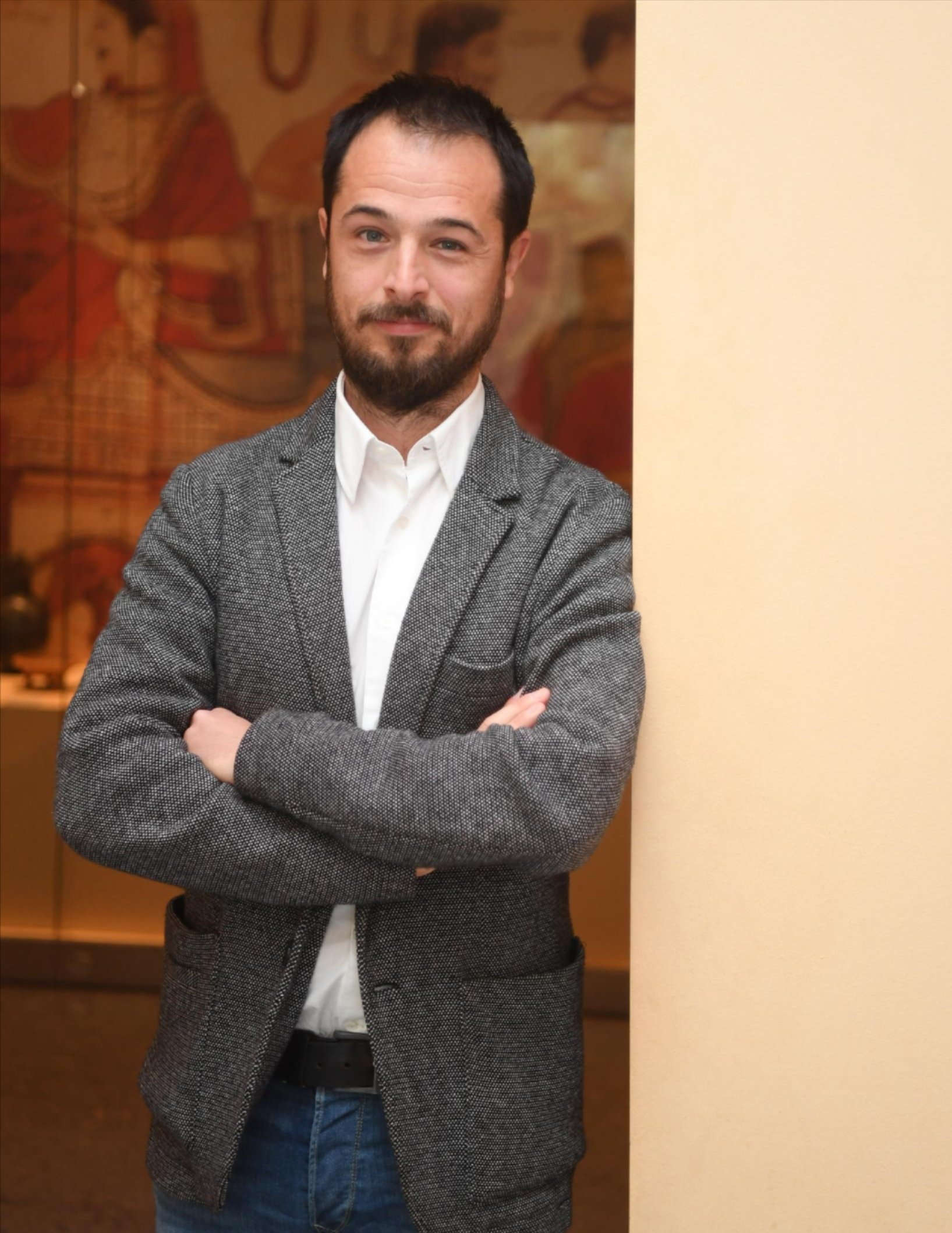
MS. Among the new features introduced in 2014 by the Franceschini reform, the “regional museum poles” immediately proved to be the weak points of the ministerial reorganization. In your opinion, what were the critical aspects of those structures?
RMA. I would not say “weak points.” The Franceschini reform is, on closer inspection, framed in the broader context of the reform of Title V of the Constitution (2001), which distinguished-well, not split-protection and enhancement of cultural heritage, placing them respectively among the subjects of exclusive state legislative power and among those of concurrent legislation. Regional museum hubs were created as implementers of enhancement policies in the territories under their jurisdiction, offices oriented by vocation and functions to interinstitutional dialogue and synergistic action. They are innovative and complex realities, called upon to manage a physiologically heterogeneous heritage with the aim of guaranteeing qualitatively uniform levels of service. Some factors have in some cases slowed down the momentum that the legislature had perhaps envisioned for these new institutions, for example, handovers that were not always timely or exhaustive, the lack of digitization and transmission of documentation related to the cultural places conferred to the museum poles, and disputed competencies (primarily those on material from archaeological excavations). There is also to consider an organic assortment not always adequate to the complexity to be managed (archivists and demoethnoanthropologists are, in my opinion, indispensable figures in such offices) and the maintenance of the ordinary accounting regime, which immediately deepened the furrow with autonomous museums, the major beneficiaries of the new governance model.
Has anything then changed in 2019 with the “regional museums directorates,” beyond the new wording?
The new naming makes it more obvious that these are peripheral articulations of the General Directorate of Museums with responsibilities on the regional territory. This is not just a matter of nomenclature, but a shrewdness likely responding to the concrete launch of the National Museum System (D.M. 113/2018), a strategic infrastructure promoted and coordinated by the Directorate General for Museums, which provides for the active involvement of its regional articulations in the accreditation procedures to the new cultural network. While even DPCM 169/2019 has substantially confirmed for the Regional Directorates the functions that the pre-existing DPCM 171/2014 assigned to the Museum Poles, there is no doubt that these Offices - although sometimes still affected by conferral procedures and handovers - have entered a new and more mature operational phase, connected precisely to the National Museum System.
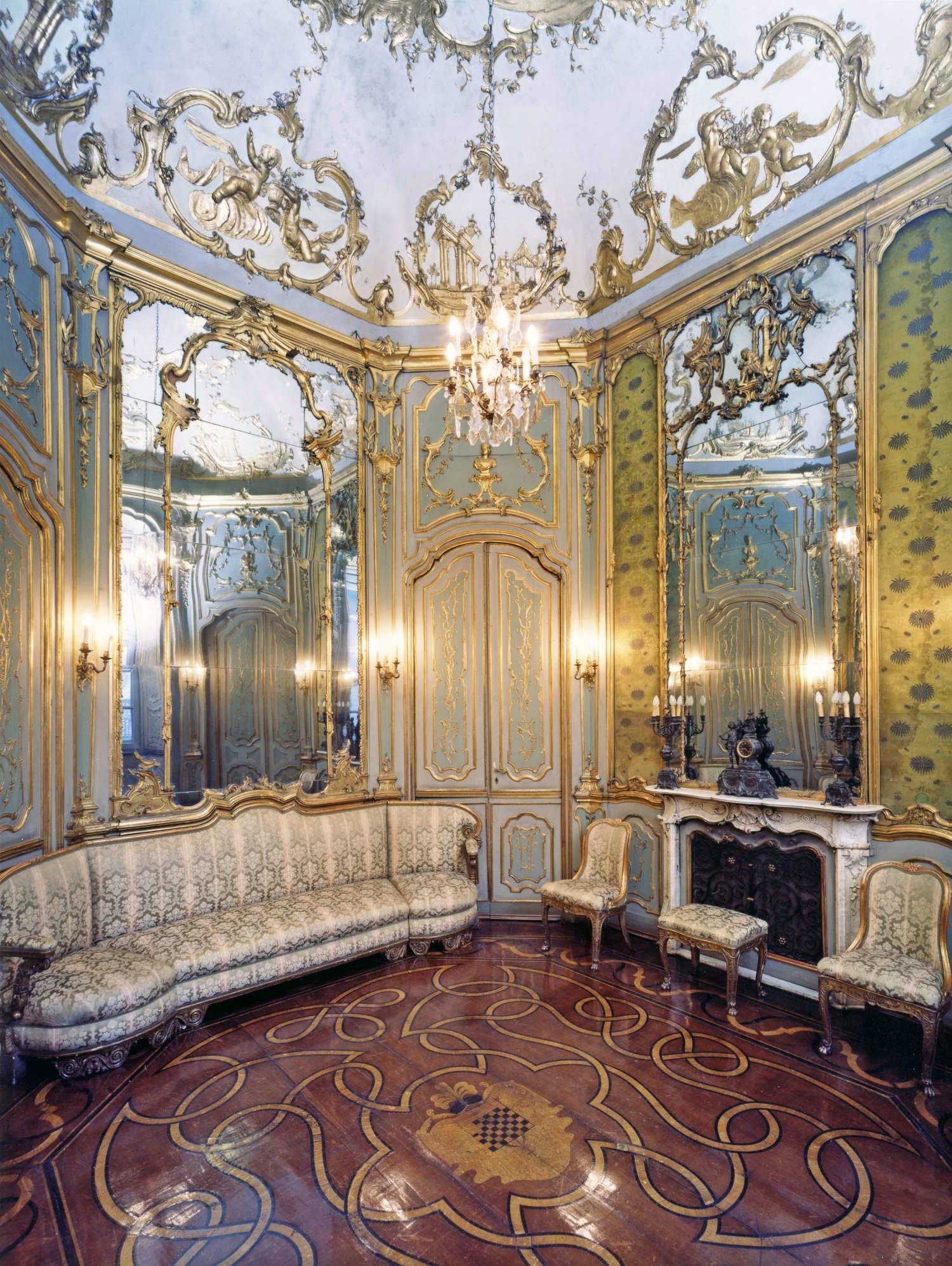
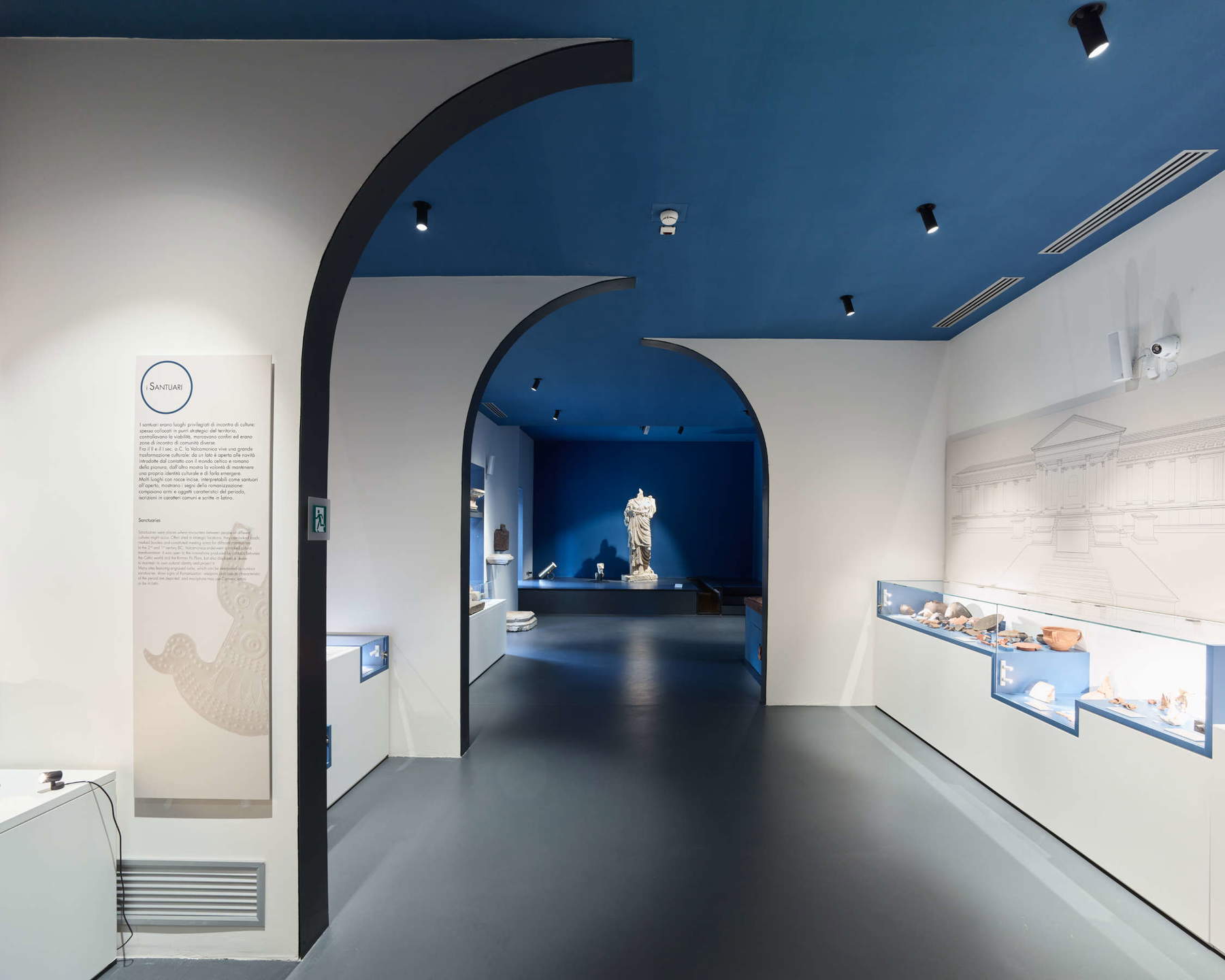
What is the reason why diversification has now been introduced between directorates coinciding with a Region and others aggregated to autonomous institutes? And in what does the difference consist?
If one compares today’s palimpsest of state museums with the one in force immediately after the so-called Franceschini reform came into effect, the significant increase in museum institutes with special autonomy stands out, rising in a decade from 20 (2014) to 67 (2025). This proliferation has generally coincided with the elevation to the rank of autonomous museum of realities previously incardinated in regional directorates, not infrequently leading in the context of museums coordinated by the regional office. Exemplary in this regard appear the autonomy conferred on the National Picture Gallery of Bologna, the birth of the National Museums of Ravenna and the complex of the Royal Residences of Piedmont. Some regional directorates have thus emerged downsized in their administrative structure and staffing, moving away from the tendency of self-importance that would now be required of an institution with special autonomy. This circumstance has presumably led the legislature to extend that provision which-since the beginnings of the so-called Franceschini reform-has in some regions seen the Regional Museums Directorate merged with an autonomous institute (e.g., Liguria, Friuli Venezia Giulia). A decision on which the overall staffing of the Ministry, in the role of managers as well as in the area of non-managerial personnel, will likely also have been influenced.
The aggregations, then, occur exclusively with museums or parks of non-general management level. Is there a reason why DrMn have not been combined with the “stronger” autonomous institutes at the first tier?
It is not up to me to interpret or evaluate the reasons that led the legislature to combine the Regional Directorates National Museums with the autonomous institutes of the second tier instead of the general level institutes. In any case, I believe that the overall number of management positions within the Ministry may have influenced this choice. I also note how the large autonomous museums are configured as lavish urban cultural hubs (e.g., Pinacoteca di Brera, Galleria dell’Accademia in Florence, and Bargello Museums) or with jurisdiction extended to relatively small portions of the territory and tending to be thematically and heritage-consistent (e.g., Archaeological Park of Pompeii). Likewise, as the director of a regional directorate, I feel that the potential of this type of office can be fully expressed in the context of an effectively polycentric and diffuse dimension, capable in itself of activating and nurturing webs of relationships that appear vital for the growth of cultural realities that are often quite distant from the granted major attraction.
Will the mergers also be useful in generating economies of scale, with the sharing of services, instrumentation, professional skills?
I believe that subsidiarity mechanisms and the sharing of services and expertise are essential ingredients in the life of regional directorates, whether or not they are merged with autonomous institutions. At the office I head, the directors of non-autonomous cultural places are the first to put their expertise at the service of common goals, receiving in turn the support of departments with cross-cutting competencies (e.g., human resources, bidding and purchasing, external relations) and technical figures with curatorial tasks with respect to specific heritage segments. The hope is not only to generate economies of scale, but also to promote a general increase in the degree of individual operativeness (technical, administrative, management) through a fruitful osmosis of experience and expertise.
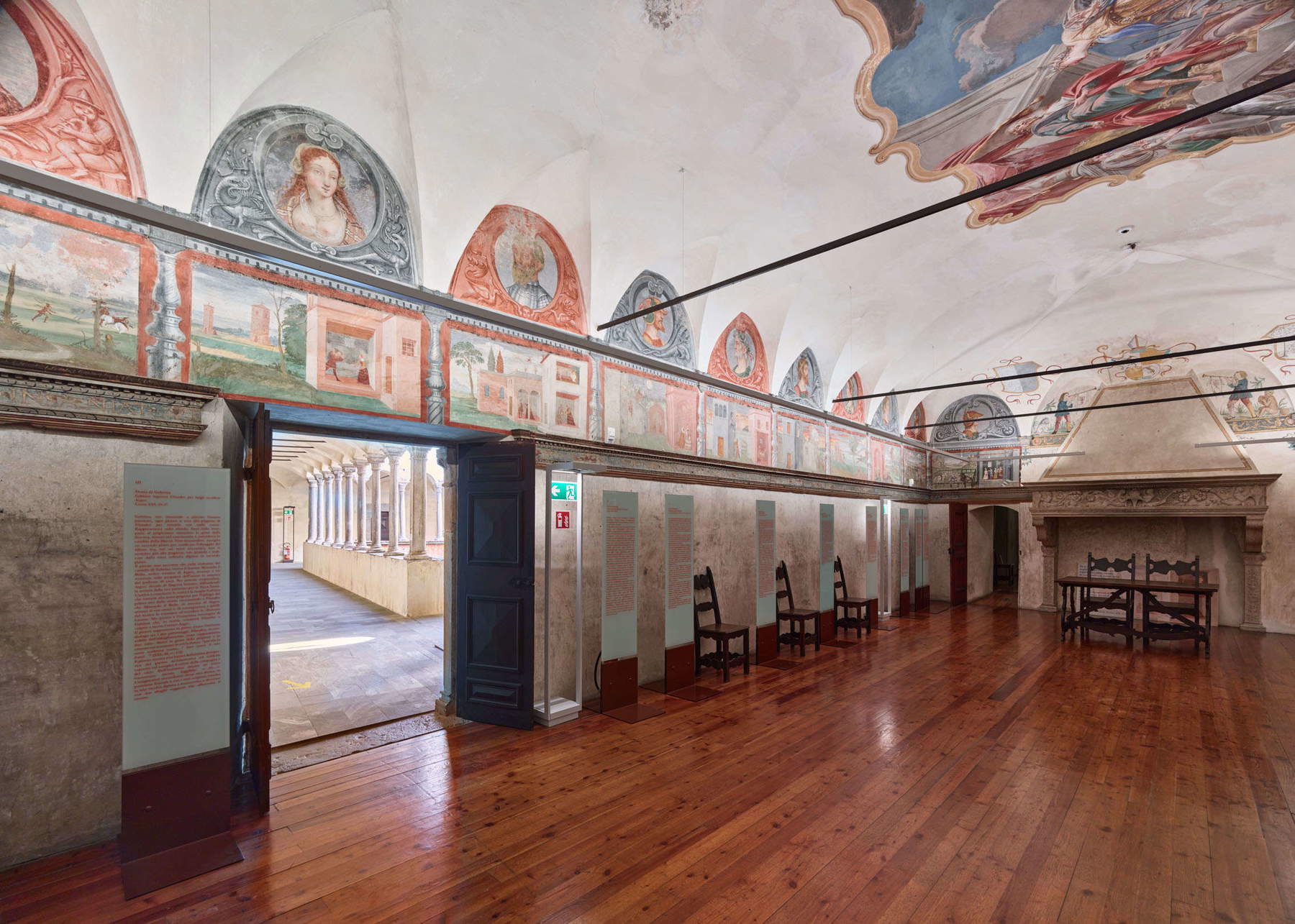

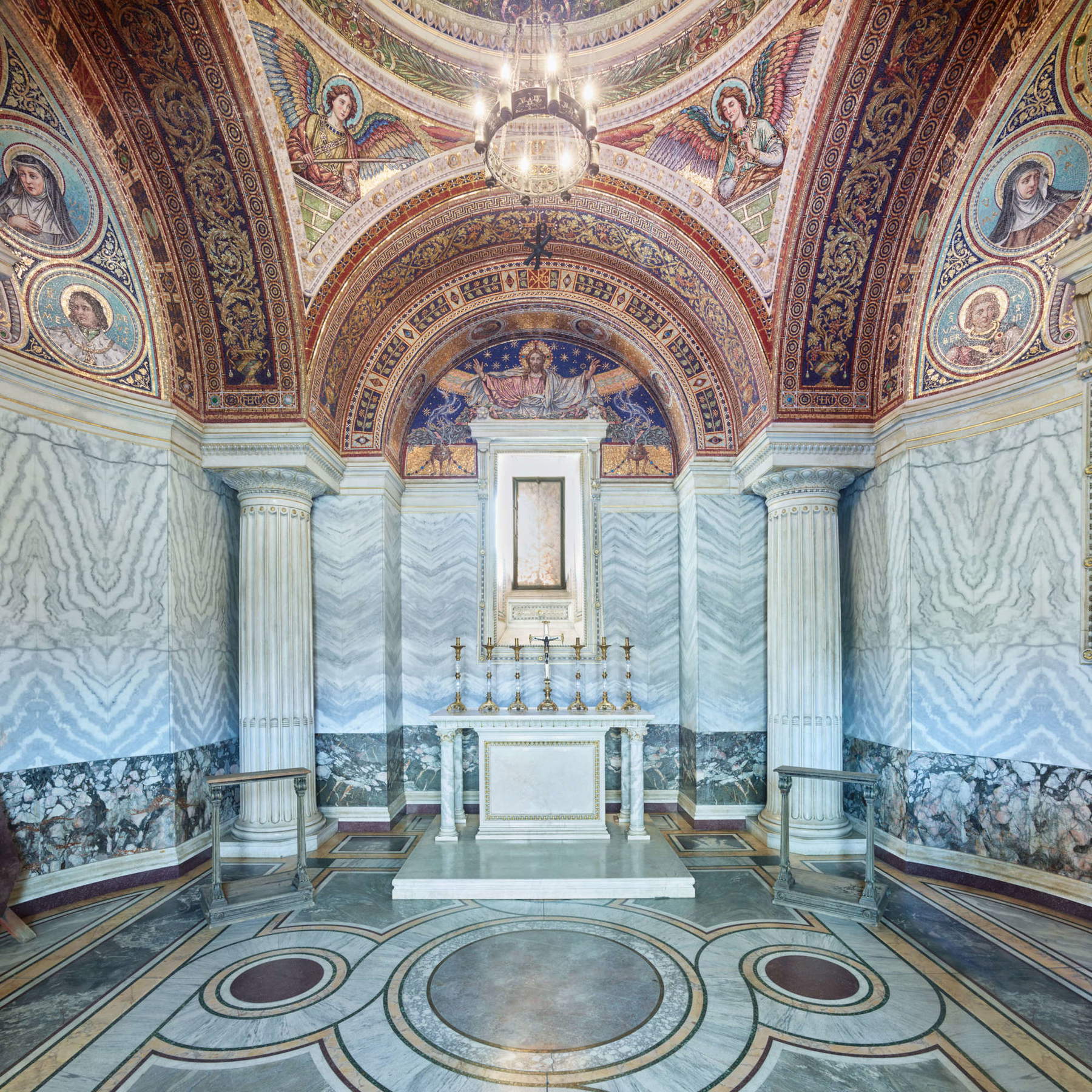
In this network perspective (if effective) are there moments of exchange, such as technical tables convened with some regularity, among you directors to compare different experiences? Replicate successful ones, solve common problems or share models and planning?
Some productive sectors subject their initiatives to a so-called “post-mortem” type of analysis, aimed at enucleating for each individual project winning factors to be treasured in the future and exacerbating vulnera not to be repeated. The example is undoubtedly bold, but it comes in handy to clarify how dialectical confrontation between individuals and offices is an essential factor in the growth of our work as well. This confrontation can have a vertical dimension, within the framework of the valuable coordination and guiding activity carried out by the Directorate General for Museums, or a horizontal one, between offices operating in the same geographical context as well as between colleagues. In this last regard, I cannot fail to mention the legacy of cohesion and sharing that the experience of the MiC course-competition for technical managers has left in those of us who have shared an intense and unrepeatable path of personal and professional growth. Finally, there are opportunities for discussion specifically provided for in the sector regulations, such as the meeting according to Article 4, paragraph 2 of DM 270 of September 5, 2024. At DRMN-Lombardy, this provision has taken the form of a periodic meeting (every third Wednesday of the month), attended by the directors of the non-autonomous museums afferent to the Office and the directors of the autonomous institutes of non-general level present in the regional territory, namely the National Museum of Digital Art and the director of the Ducal Palace of Mantua. A solution that is already bearing fruit in terms of shared planning and agreements between institutes.
What do you think will change with the new autonomy compared to the past? Specifically, from a financial point of view.
More than a change per se, I think financial and accounting autonomy represents its essential premise, which can be summarized in three words: forecasting, predictability, planning. The availability of a forecast budget with an expenditure-authorizing function will free the regional directorates from the mechanism of transfers, with timelines that are not always predictable or aligned with contingent operational needs. This will make it possible to work with greater familiarity to multi-year planning - of spending, supply, needs - offering better possibilities to move from mere planning to actual implementation of actions. Drawing up a budget and allocating items - incoming and outgoing - will at the same time provide a recurring and useful opportunity to analyze the Office’s administrative and spending capacity, as well as its operational capacity. In the final instance, I believe that the new management system will be far more functional in promoting that homogeneity of services within the physiological diversity of cultural venues that - in addition to being a constitutive and statutory element of the Regional Directorates - is, on closer inspection, also their strength.
Warning: the translation into English of the original Italian article was created using automatic tools. We undertake to review all articles, but we do not guarantee the total absence of inaccuracies in the translation due to the program. You can find the original by clicking on the ITA button. If you find any mistake,please contact us.